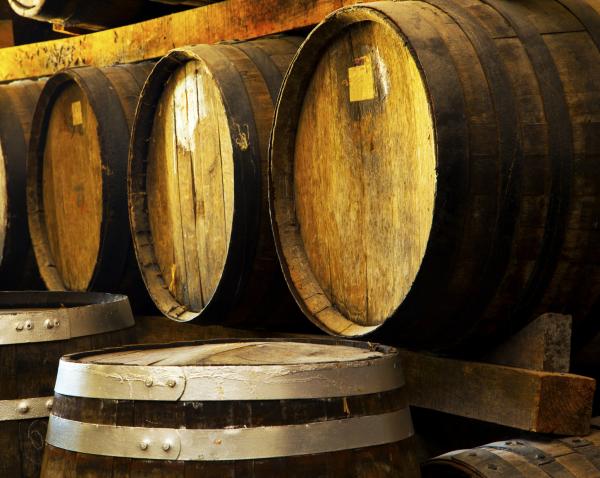
Wine is one of the most passionate and meaningful beverages available on this earth. It is the ultimate hospitality gesture, filled with battery and a juice of remembrance. It is charged with flavor, sunshine, and a series of processes to gain the final product. When you look back to the time it was freshly finished, it looks like a life analogy. Even a single little decision can have a great impact on its overall personality. Wines are aged as a way to capture and store their warmth, and to enjoy whenever you wish. So, if you have a bottle of wine and want to know its age, here at OneHowTo.com, we will tell you how to tell the age of wine.
Why are wines aged?
When a wine sits in a bottle or barrel for several years, its aromas, colors and flavors tend to change. Tannins are the chemicals found in grape seeds and skins. When young, wines are astringent, they taste bitter and make your mouth dry. But when they age, they become softer, and taste less harsh when drunk.
The aroma of an aged wine also becomes stronger, thus making the wine taste and smell better than a young wine. A young wine will smell like ripe berries, while an aged wine smells like leather and earth.
A young wine will fill your mouth with bitterness and tart flavor, but an aged wine will taste subtle, mixed with licorice, leather and chocolate. When you swallow, a fresh wine feels chalky and dry, but an aged wine will feel warm and fuzzy. So, that’s the difference you get by aging a wine.

How is a wine aged?
Aging a wine is science. A single wine bottle contains a multitude of chemical compounds which will react with time. Each grape crop is different, and each wine will also age differently than the other. The perfect time to open a wine will vary as per the year, region and process to make the wine. A perfectly aged bottle of wine will have a combination of fruit flavors, aging flavors and fermentation flavors. You may age a wine for a year or as long as 10 years, depending on the bottle or cellar or the conditions in which it is kept. You need to keep your wine under controlled conditions to age it properly, as an improperly aged one may deteriorate rather than improve with time, thus getting a wine that's bad.

How to determine age of the wine
To tell the age of wine, the most quick way to do so is by its color. Pour some wine in a glass, tilt it at a 45˚ angle, and observe the span of the color. Just like you can determine the age of a tree with its rings, you can know the age of a wine with its color. If it is purple red, it is a young and immature wine. If it is ruby red, it is a little evolved, but still young. A garnet red wine is a classic wine at the peak of its maturity, while an older but still healthy wine is usually red brown in color. This color difference is suitable for red wines, so you won't be able to taste the difference of whites or rosés with this technique. However, you can identify the age of wine by looking at its color, feeling its aroma, and tasting it.

If you want to read similar articles to How To Tell The Age Of Wine, we recommend you visit our Food & drink category.